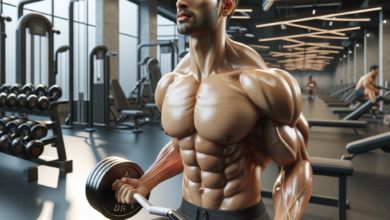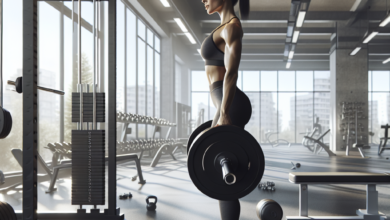Top Muscle Building Workouts for Every Fitness Level

Embarking on a journey to enhance your physique and build muscle can be both exciting and daunting. The world of muscle building workouts is vast, with a plethora of routines tailored to different fitness levels. Whether you’re a beginner stepping into the gym for the first time or an advanced lifter looking to break through plateaus, understanding the fundamentals is crucial to achieving your goals.
Muscle building isn’t just about lifting heavy weights; it involves a combination of proper technique, consistency, and nutrition. Each workout routine is designed to target specific muscle groups, ensuring balanced development and preventing injuries. From compound movements that engage multiple muscle groups to isolation exercises that focus on specific areas, there’s a workout plan for everyone.
Moreover, your fitness level plays a significant role in determining the right workout plan. Beginners should focus on mastering basic movements and building a solid foundation, while intermediate lifters can start incorporating more complex exercises and varied training techniques. Advanced lifters, on the other hand, often need to fine-tune their routines to overcome plateaus and continue making progress.
At Muscle Theory, we’re dedicated to providing you with the latest insights and effective workout routines tailored to your needs. Ready to dive deeper into the world of muscle building? Explore More at Muscle Theory and find the perfect routine to elevate your fitness journey.
Best Workouts for Beginners
Starting your muscle building journey as a beginner can feel overwhelming, but with the right approach, you’ll set a strong foundation for future progress. The key is to focus on basic, compound movements that engage multiple muscle groups and promote overall strength and stability. These exercises are effective and help you develop proper form, which is crucial in preventing injuries and ensuring long-term success.
Here are some of the best workouts for beginners:
- Squats: This fundamental exercise targets the legs and glutes but also engages the core and lower back. Start with bodyweight squats and progress to using weights as your form improves.
- Deadlifts: A full-body workout that primarily targets the posterior chain, including the hamstrings, glutes, and lower back. Focus on mastering the technique with lighter weights before increasing the load.
- Bench Press: This compound movement targets the chest, shoulders, and triceps. Begin with a manageable weight to perfect your form and gradually increase the resistance.
- Pull-Ups: Great for building upper body strength, pull-ups engage the back, shoulders, and arms. If you’re unable to perform a full pull-up, start with assisted variations or use resistance bands.
- Planks: A core-strengthening exercise that also works the shoulders and glutes. Hold the plank position for as long as possible, gradually increasing your time as you build strength.
By incorporating these exercises into your routine, you’ll develop a balanced physique and build a solid foundation for more advanced workouts down the line. Remember, consistency is key, so stick to your routine, and you’ll see progress over time.
Intermediate Muscle Building Routines
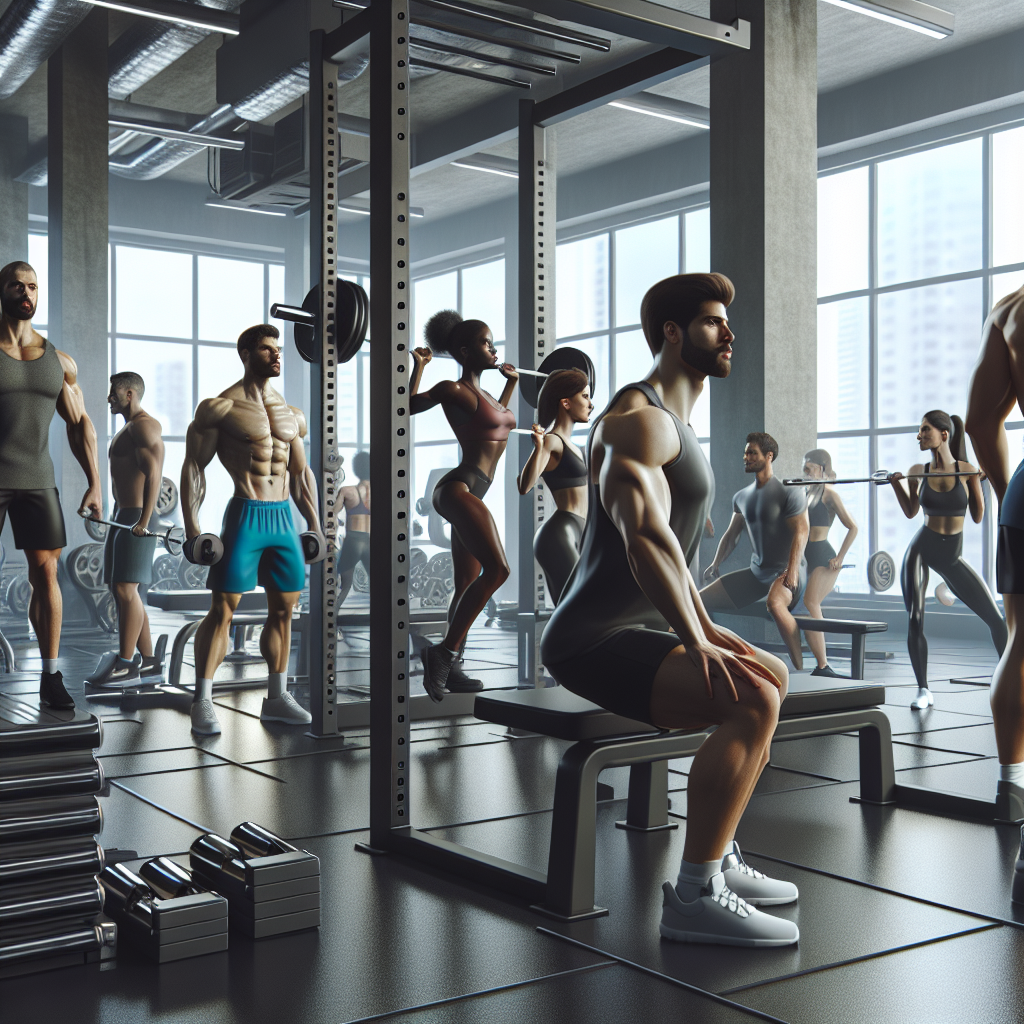
As you progress from beginner to intermediate, it’s time to elevate your workout routine to continue building muscle and avoid plateaus. Intermediate muscle building routines involve increasing the intensity and variety of your exercises to challenge your body in new ways. This stage is crucial for making significant gains in strength and muscle mass.
Here are some of the best intermediate muscle building routines:
- Push-Pull-Legs (PPL) Split: This popular routine divides your workouts into three categories: pushing movements (chest, shoulders, triceps), pulling movements (back, biceps), and legs. This split allows for focused training and adequate recovery time for each muscle group.
- Upper/Lower Split: In this routine, you alternate between upper body and lower body workouts. This split is effective for increasing workout frequency per muscle group while allowing enough recovery time.
- Supersets: Incorporate supersets into your routine to increase intensity and reduce workout time. A superset involves performing two exercises back-to-back with minimal rest. For example, combine a bicep curl with a tricep extension.
- Pyramid Sets: Pyramid training involves increasing the weight and decreasing the reps with each set, and then reversing the pattern. This technique promotes both strength and hypertrophy by working the muscles through different rep ranges.
- Isolation Exercises: While compound movements remain important, adding isolation exercises (like bicep curls and tricep dips) can help target specific muscles for growth and definition.
Transitioning to intermediate routines not only keeps your workouts exciting but also ensures continuous muscle development. Always listen to your body and adjust the weights and volume according to your progress and recovery. Consistency and gradual progression are key to achieving your muscle-building goals.
Advanced Muscle Building Techniques
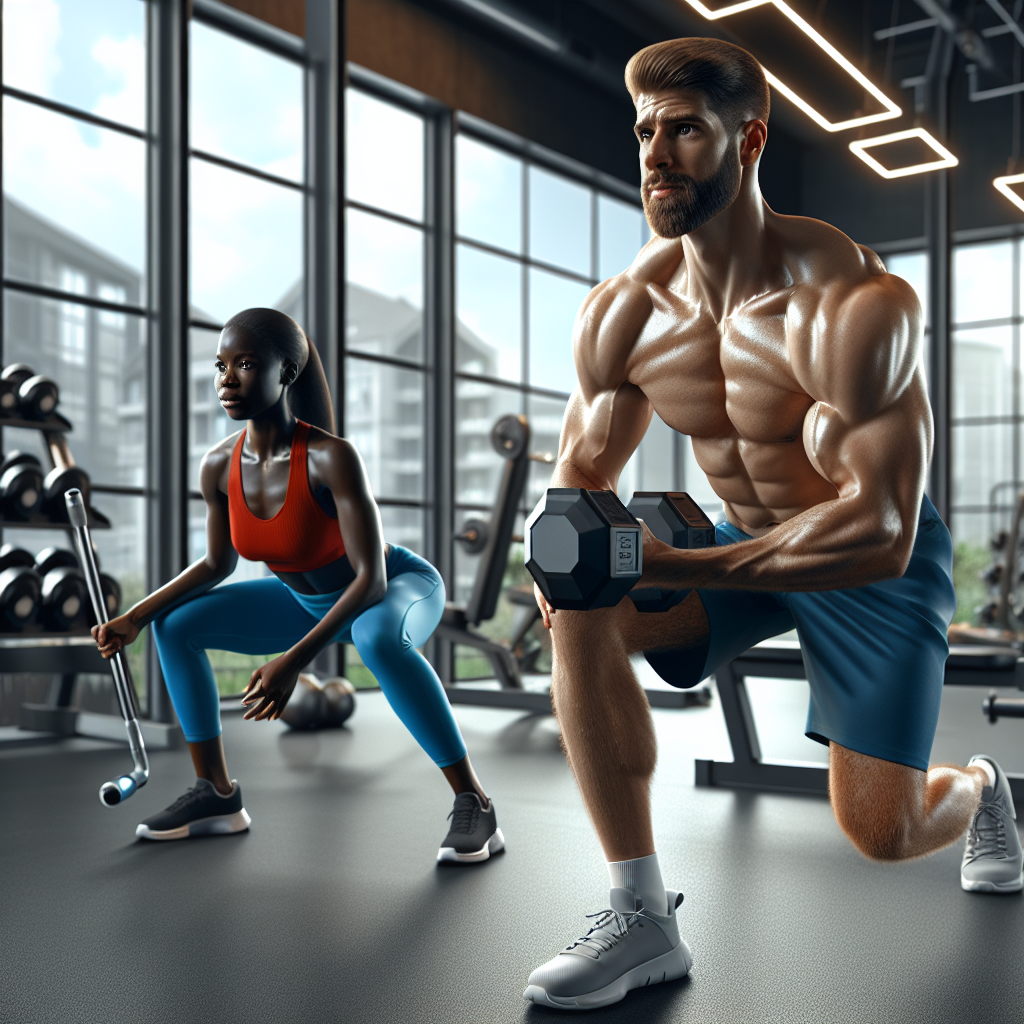
For those who have mastered the basics and conquered intermediate routines, it’s time to delve into advanced muscle building techniques. At this level, the goal is to break through plateaus, maximize muscle hypertrophy, and fine-tune your physique. Advanced techniques often involve more sophisticated methods and a deeper understanding of muscle mechanics.
Here are some of the most effective advanced muscle building techniques:
- Drop Sets: This technique involves performing a set to failure, then reducing the weight and continuing for additional reps. Drop sets are excellent for increasing muscle endurance and pushing past strength plateaus.
- Rest-Pause Training: Perform a set to failure, rest for 10-15 seconds, and then resume with the same weight for as many reps as possible. This technique helps accumulate more volume and intensity within a single set.
- Forced Reps: After reaching failure in a set, use a spotter to assist with a few more reps. Forced reps help to push the muscles beyond their usual limits, promoting greater growth.
- Negative Reps: Focus on the eccentric (lowering) phase of the lift. Use a heavier weight than usual and control the descent. This technique is effective for building strength and muscle mass due to the increased time under tension.
- Blood Flow Restriction (BFR) Training: This involves wrapping a band around the limbs to restrict blood flow while performing low-weight, high-rep exercises. BFR training can stimulate muscle growth and strength gains without the need for heavy lifting.
- Periodization: Implementing a structured training plan that cycles through different phases, such as hypertrophy, strength, and power. Periodization helps to systematically overload the muscles and prevent overtraining.
Advanced muscle building techniques require a solid foundation of strength, technique, and body awareness. It’s essential to maintain proper form and listen to your body to avoid injury. Incorporating these techniques into your routine can lead to significant muscle growth and an impressive physique.
Essential Equipment for Muscle Growth
When it comes to muscle building workouts, having the right equipment can make a significant difference in your progress. While bodyweight exercises can be effective, incorporating specific tools can enhance your ability to target muscles and increase resistance, leading to greater gains. Below is a list of essential equipment that can help you maximize muscle growth:
- Dumbbells: Versatile and effective, dumbbells allow for a wide range of exercises that target various muscle groups. They are ideal for both compound and isolation movements.
- Barbells: A staple in any muscle-building routine, barbells enable you to lift heavier weights and perform key exercises such as squats, deadlifts, and bench presses.
- Weight Plates: Necessary for adjusting the load on barbells and some machines, weight plates help you progressively overload your muscles, which is crucial for growth.
- Resistance Bands: These flexible tools are perfect for adding resistance to bodyweight exercises and can be used to assist with movements like pull-ups. They are also great for warm-ups and mobility work.
- Adjustable Bench: An adjustable bench allows you to perform a variety of exercises at different angles, targeting different parts of the muscles. It is especially useful for chest, shoulder, and arm workouts.
- Power Rack/Squat Rack: Essential for safely performing heavy lifts like squats and bench presses, a power rack provides support and safety features, such as spotter arms, to help you push your limits.
- Cable Machine: Offering constant tension throughout the range of motion, cable machines are excellent for isolation exercises and targeting smaller muscle groups.
- Kettlebells: These weights are great for dynamic movements and functional training, helping to build strength, endurance, and stability.
- Weightlifting Belt: While not a tool for lifting, a weightlifting belt provides support for your lower back during heavy lifts, reducing the risk of injury and allowing you to lift more weight safely.
Utilizing the right equipment can significantly enhance your muscle-building efforts by providing the necessary resistance and support for intense workouts. Ensure that you invest in quality equipment to maintain safety and maximize effectiveness.
Nutrition Tips for Optimal Muscle Gain
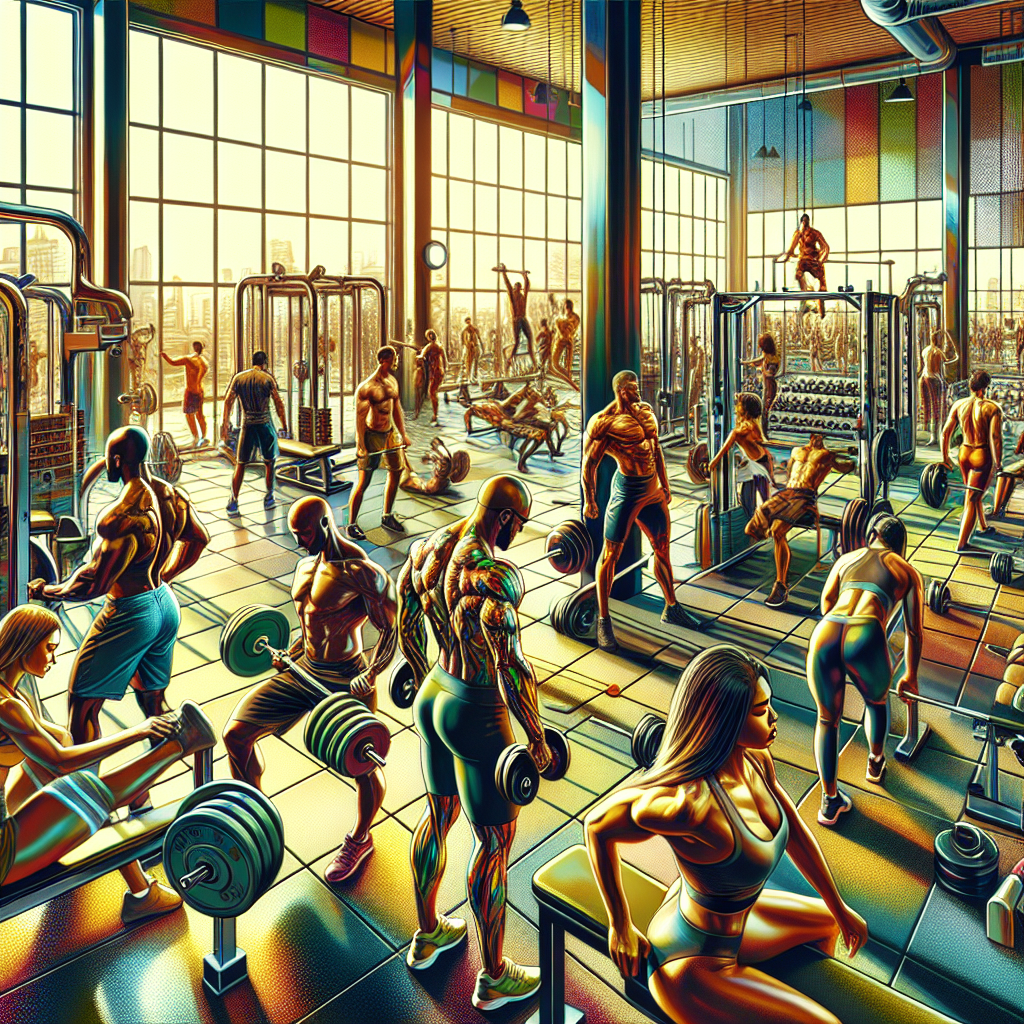
Achieving optimal muscle gain isn’t just about what you do in the gym; it’s also about what you put into your body. Nutrition plays a pivotal role in building muscle, providing the necessary fuel and building blocks for recovery and growth. Here are some essential nutrition tips to help you maximize your muscle-building efforts:
- Consume Enough Protein: Protein is the building block of muscle tissue. Aim to consume at least 1.2 to 2.2 grams of protein per kilogram of body weight daily. High-quality protein sources include lean meats, fish, eggs, dairy products, and plant-based options like beans and legumes.
- Balance Your Macronutrients: While protein is crucial, don’t neglect carbohydrates and fats. Carbs provide the energy needed for intense workouts, while fats support hormone production and overall health. Aim for a balanced diet that includes complex carbs like whole grains and healthy fats from sources like avocados and nuts.
- Stay Hydrated: Water is essential for overall health and muscle function. Dehydration can impair performance and recovery. Aim to drink at least 3-4 liters of water daily, more if you have intense workouts or live in a hot climate.
- Eat Frequently: Consuming smaller, frequent meals throughout the day can help maintain a steady supply of nutrients for muscle repair and growth. Aim for 5-6 meals or snacks that include protein, carbs, and fats.
- Post-Workout Nutrition: After a workout, your muscles are primed for nutrient absorption. Consume a meal or shake rich in protein and carbs within 30-60 minutes post-exercise to kickstart recovery and muscle synthesis.
- Monitor Your Caloric Intake: To build muscle, you need to consume more calories than you burn. Use a calorie calculator to determine your maintenance level and add 250-500 calories to support muscle growth without gaining excessive fat.
- Supplement Wisely: While whole foods should be your primary source of nutrients, supplements like whey protein, creatine, and branched-chain amino acids (BCAAs) can support your muscle-building goals.
- Get Enough Sleep: Nutrition isn’t just about food; rest is equally important. Aim for 7-9 hours of quality sleep per night to support recovery and muscle growth.
By incorporating these nutrition tips into your daily routine, you can optimize your muscle-building efforts and see better results from your workouts. Remember, consistency is key, both in the gym and in the kitchen.
Ready to take your fitness journey to the next level? Explore More at Muscle Theory

